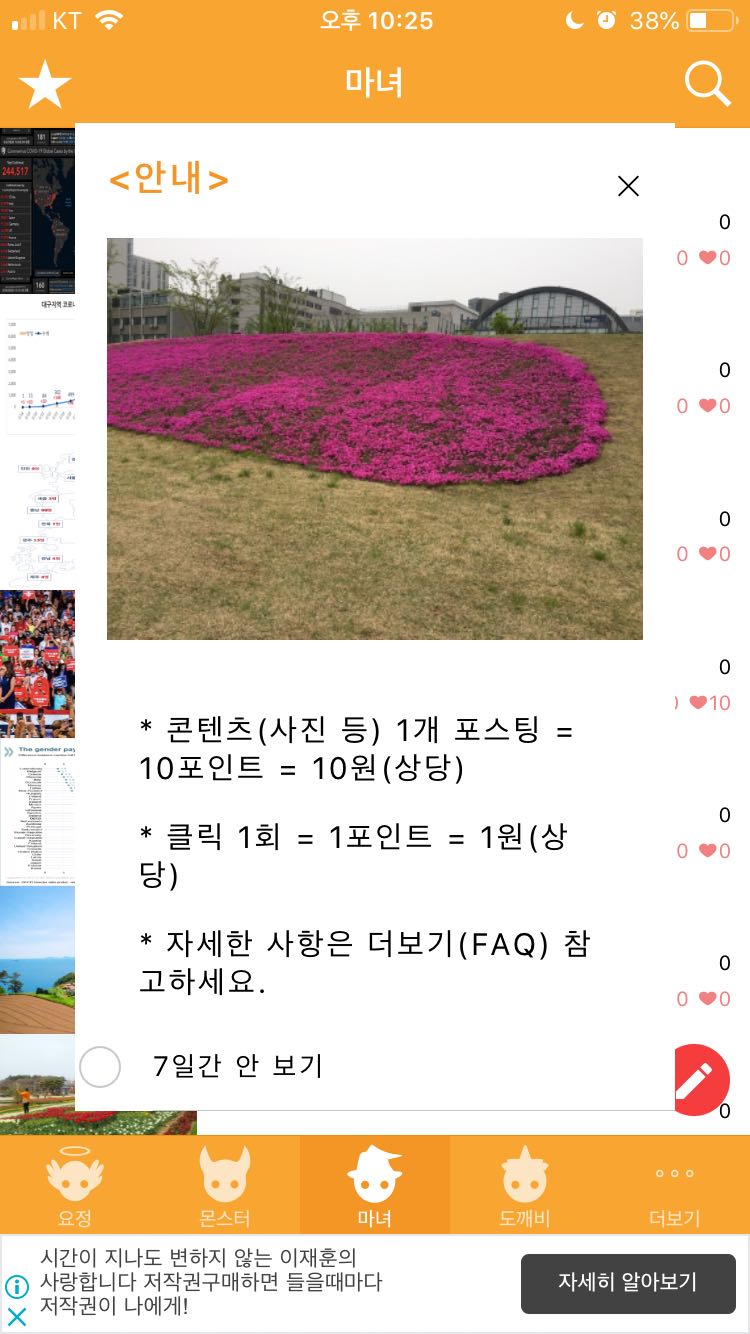
<사진 : 미 태평양사령부>
(서울=센서블뉴스) 미국은 한반도에 배치되는 사드의 '1차 목적'을 주한미군 보호로 분명히 적시한 것으로 확인됐다.
미 태평양사령부가 지난 8일 SNS에 게재한 '사드 배치' 발표문을 확인해본 결과, "사드는 한미동맹 군대(주한미군)를 북한의 대량살상무기와 탄도미사일 위협으로부터 막기 위해 배치한다"고 적시돼 있다.
곧, 사드가 보호하고 지키고자 하는(to protect) 1차 대상은 주한미군이며, 그와 더불어 사드는 "한국과 한국민의 안전을 보장하는" 방어용 조치라고 설명돼 있다.
또 사드는 "한국과 아시아태평양 지역의 안전과 안정"을 위협하는 북한에 대응한 것이며, 어떠한 제3국도 겨누지 않을 것이라고 미 태평양사령부가 밝혔다.
미 태평양사령부는 미국 하와이 호놀룰루에 주둔하고 있으며, 이번 사드 배치를 주관하고 있다.

더 보기 ▶ 뇌섹남 이야기
| 가 | 나 | 다 | 라 | 마 | 바 | 사 | 아 | 자 | 차 | 카 | 타 | 파 | 하 |
| 아 | ||||||||||||||
야 | ||||||||||||||
어 | ||||||||||||||
여 | ||||||||||||||
오 | ||||||||||||||
요 | ||||||||||||||
우 | ||||||||||||||
유 | ||||||||||||||
으 | ||||||||||||||
이 |
<미 태평양사령부, 7월8일 사드 배치 발표문 전문>
North Korea's nuclear test and multiple ballistic missile tests, including the recent intermediate-range ballistic missile (IRBM) launches, highlight the grave threat that North Korea poses to the security and stability of the Republic of Korea (ROK) and the entire Asia-Pacific region.
In response to the evolving threat posed by North Korea, the United States and the ROK have been conducting formal consultations regarding the feasibility of a Terminal High-Altitude Area Defense (THAAD) battery operated by U.S. Forces Korea (USFK) since early February, as a measure to improve the missile defense posture of the ROK-U.S. Alliance.
Based on these consultations, the ROK and the United States made an Alliance decision to deploy THAAD to USFK as a defensive measure to ensure the security of the ROK and its people, and to protect Alliance military forces from North Korea's weapons of mass destruction and ballistic missile threats.
Through the past months of review, the ROK-U.S. Joint Working Group confirmed the military effectiveness of THAAD on the Korean Peninsula and is in the final stage of preparing its recommendation for both the ROK Minister of National Defense and the U.S. Secretary of Defense regarding the optimal site in the Republic of Korea for the system's effectiveness and for environmental, health, and safety requirements.
The ROK and the United States are working closely to ensure the swift deployment of THAAD and will develop specific operational procedures.
When the THAAD system is deployed to the Korean Peninsula, it will be focused solely on North Korean nuclear and missile threats and would not be directed towards any third party nations. The THAAD deployment will contribute to a layered missile defense that will enhance the Alliance's existing missile defense capabilities against North Korean missile threats
<미 태평양사령부, 2월9일 사드 논의 발표문 전문>
The Republic of Korea (ROK) and the United States of America (U.S.) have determined that the recent long-range ballistic missile test and prior nuclear detonations by North Korea highlight the DPRK's serious nuclear, weapons of mass destruction, and ballistic missile threat to the peace and stability of the Korean Peninsula and the entire Asia-Pacific region.
In response to the evolving threat posed by North Korea, the United States and the Republic of Korea have made an Alliance decision to begin formal consultations regarding improvements to the Alliance missile defense posture, specifically the viability of a Terminal High-Altitude Area Defense (THAAD) system operated by U.S. Forces Korea. This Alliance decision was recommended by General Curtis M. Scaparrotti, Combined Forces Command, and U.S. Forces Korea commander.
The goal of the formal consultations is to bilaterally explore the feasibility of THAAD deploying to and operating on the Korean Peninsula at the earliest possible date.
The bilateral discussions that will occur underscore the ironclad commitment of the United States to defend the Republic of Korea. To this end, the Alliance regularly assesses and adjusts its posture on the Korean Peninsula to ensure it retains the ability to defend the ROK and U.S. forces in Korea.
As we have noted in the past, North Korea’s strategic provocations and its refusal to engage in authentic and credible negotiations on denuclearization compel the Alliance to take these types of defensive measures.
If the THAAD system were deployed to the Korean Peninsula, it would be focused solely on North Korea and contribute to a layered missile defense that would enhance the Alliance’s existing missile defense capabilities against potential North Korean missile threats.



